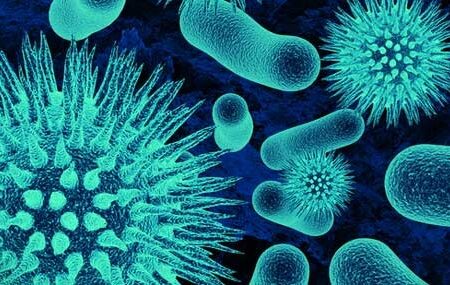These living microorganisms are capable of growing in 18 megohm.cm waters. Bacteria are a common cause of problems associated with high purity water systems. Regular testing enables the detection of rising levels before they are able to cause product loss. The most influential criteria for the presence of bacteria, in a water system, are
low flow rates.
Epifluorescent (TOTAL) bacteria cell counts
This method yields results in terms of total (living and dead) bacterial cells present in 100ml of sample. Epifluorescent bacteria counts are most often used in conjunction with viable counts. Rising total cell counts are a good indication of slime becoming dislodged, or other issues that put an increased load on the water purification system.
LAL (Limulus Amoebocyte Lysate) or Pyrogen Test for Endotoxin levels
This “endotoxin” assay quantifies the gelatinous, polysaccharide matrix that surrounds gram negative bacteria (most bacteria in the ultrapure water system). Since there is no average amount of polysaccharide associated with a cell, the test results are given as nanograms per milliliter of water.


